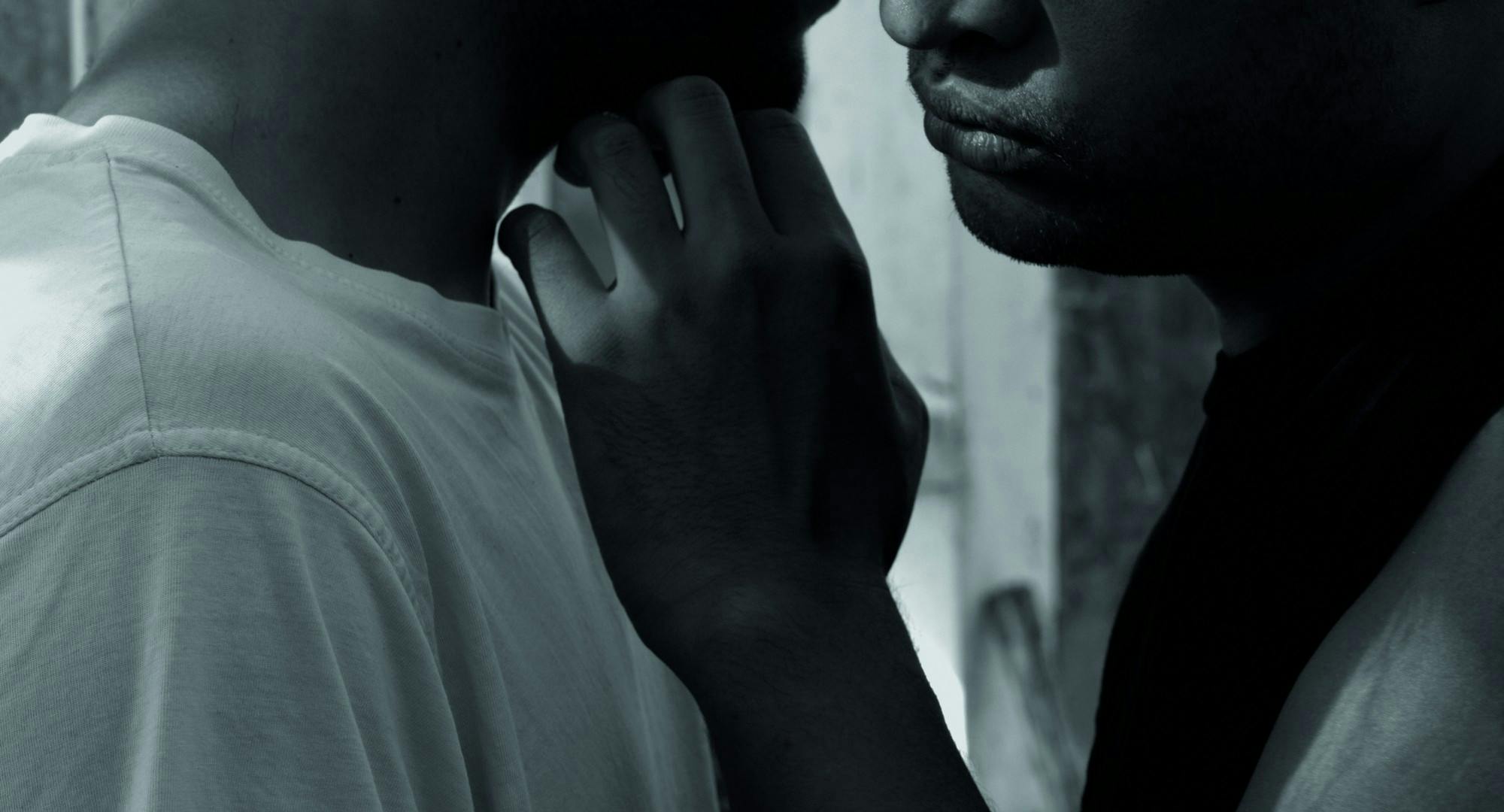After facing several challenges during the pandemic and having to adjust to an entirely remote setting, the Hood Museum of Art finally reopened its doors to the public on Aug. 4.
Throughout the pandemic, the Hood found alternative ways to engage with the public and hosted several virtual events, including gallery talks, “sip and sketch” evenings and writing workshops. Curator of academic programming at the Hood Amelia Kahl ’01 expressed excitement over returning to normal walk-in hours as opposed to having just reservation-based tours.
“Faculty, staff and community members can come in at their leisure without having to make an appointment, without having to be in a class or have a special reason,” Kahl said. “They can just come in to take a break, to enjoy themselves and to discover something new.”
As the Hood gradually moves toward a full reopening, the virtual activities that museum personnel developed during the pandemic — such as the remote escape room game “Escape to the Outdoors” — will remain part of their curriculum. According to campus engagement coordinator Isadora Italia, certain public programs will remain virtual — such as the virtual discussion with artist Jaune Quick-to-See Smith, which took place during the reopening event.
Italia expressed hope that students living both off and on campus will take advantage of the Hood’s virtual programming opportunities for engaging with the College’s art collections.
“We will continue to live stream lectures so that they’re available online and recorded so that they can be shared afterwards,” Italia said. “We want to be able to have those folks still participate who are not in the Upper Valley, but also offer the in-person experience for those who can be with us in the galleries. We’re definitely finding ways to keep the virtual [components] to some extent while still recreating those in-person experiences that we have missed.”
In addition to the virtual lectures, Italia said that the Hood is currently experimenting with a new program series titled “Expressive Writing Workshops.” This creative writing workshop series was offered virtually during the pandemic. Due to its success this past year, the museum will be hosting weekly sessions and alternating between in-person and virtual settings.
Kahl added that the Hood will continue to offer “Hood Highlight Tours” throughout the month of August to encourage students and the larger Hanover community to explore the new art collections being showcased. The tours will take place Thursday afternoons and will not require pre-registration. Individuals who are interested can simply meet outside the museum, where a staff member will be waiting to lead every incoming group through a highlights tour.
The Hood, Kahl continued, has already started to collaborate with a handful of departments and programs this summer. This includes working with the First-Year Student Enrichment Program to welcome incoming freshmen and offering certain Dartmouth courses access to the galleries and the Bernstein Center for Object Study.
Kate Zeser ’22, who was a special projects intern at the Hood this past year, shared the excitement of Kahl and Italia about the reopening of the Hood. She said she is particularly looking forward to exploring, in person, the Arabic art collections that she has been researching remotely.
“I’ve been involved with the Hood in the sense that I spent a lot of time sitting in on meetings about the museum’s reopening,” Zeser said. “There was a lot of work put into the exhibits and events; the public will all be able to see now. It was really cool to understand how the process worked from designing the exhibits to making sure they’re accessible to all, while also programming virtual events and opportunities for community engagement.”
Zeser, who worked as a translator for Arabic art in the Hood’s collection, said that having this art be accessible to the public at any time is a huge privilege. She encouraged students to take advantage of the Hood’s reopening and engage with the art through the Hood’s variety of programming opportunities.
Like Zeser, Kahl highly recommended that the Dartmouth community explore the new additions to the Hood’s collection, which contains a range of contemporary artists. Some of the art collections that are currently on view include “Drawing Lines,” “My Life As A Tunnel” and “Process, Product And Black Practice,” an art exhibition curated by Turiya Adkins ’20 during her senior internship.
While the Hood will remain open to the public and experiment with a hybrid programming model for the remainder of the summer, Italia noted that they plan to do almost exclusively in-person programming in the fall. In addition to the Hood Highlights Tours and lectures that will continue to be held in the upcoming months, the Hood is planning a grand opening reception on Sept. 18.
“It will be like a big open house with refreshments and live music, just a fun, celebratory reopening event,” Italia said of the reception. “And then we will have the Hood After 5 event and continue to have our gallery talks and other student collaborative events that we work on with campus centers or student groups.”
While the pandemic brought several changes, Kahl said she believes that it had some positive effects. She hopes that the reopening of the Hood and the new hybrid programming model will continue to keep the Hood connected to campus and the larger Dartmouth community.
“We're really hoping that people have an opportunity to interact with the museum in a range of ways,” Kahl said. “We hope that people hear from a range of voices and share their own voice and really just come back to experiencing works of art in person again.”




